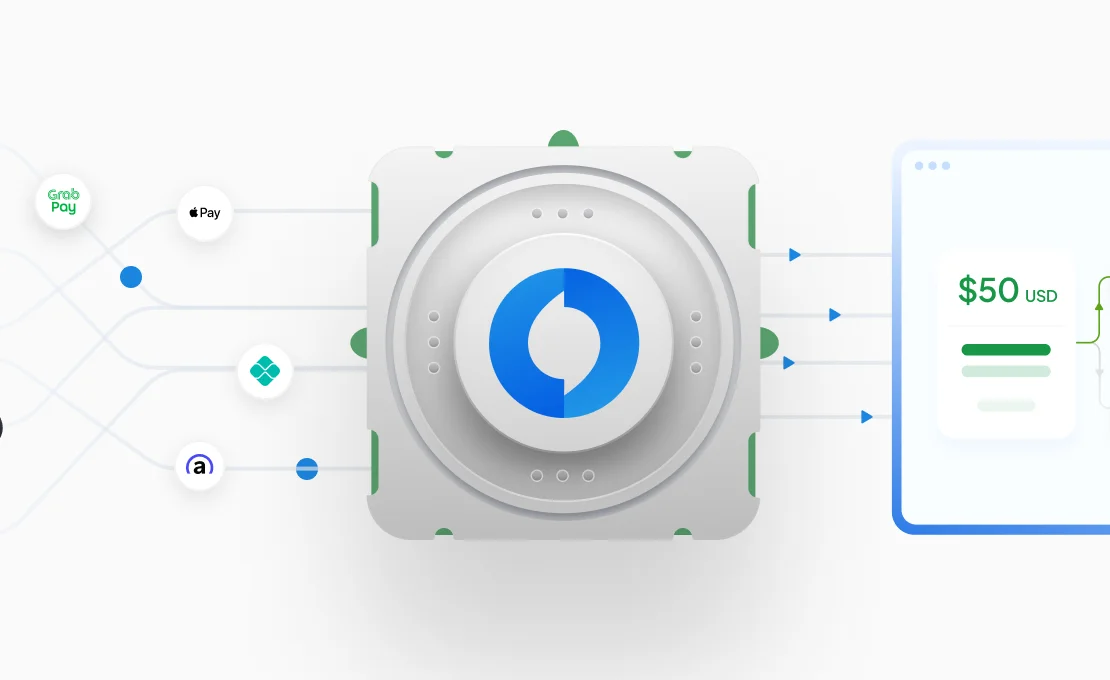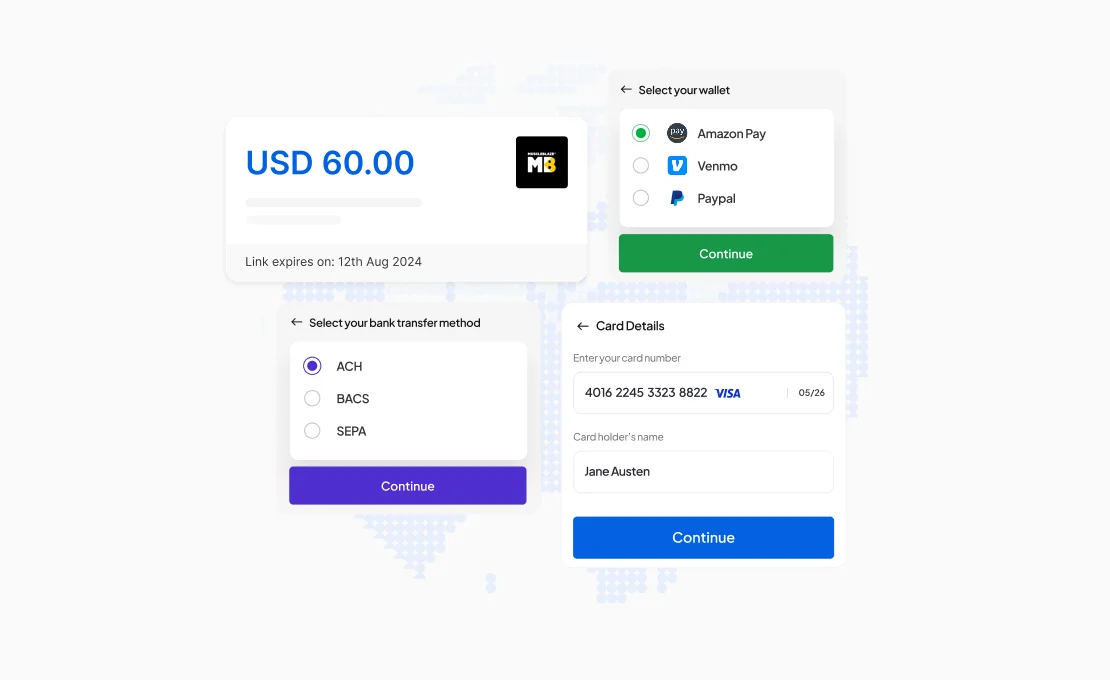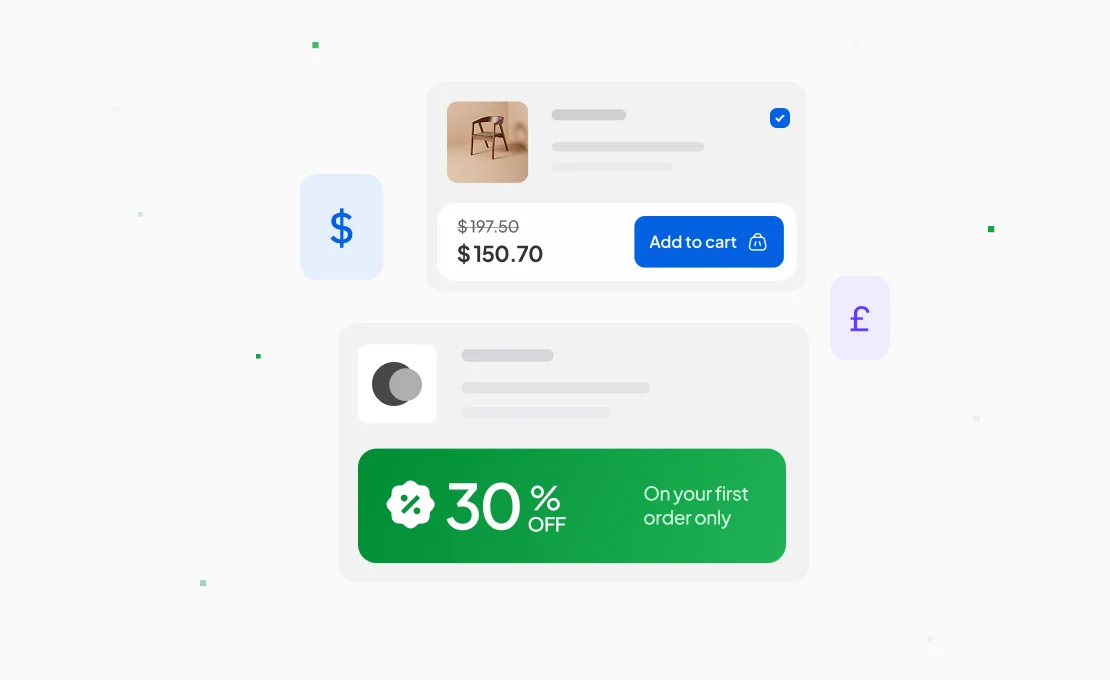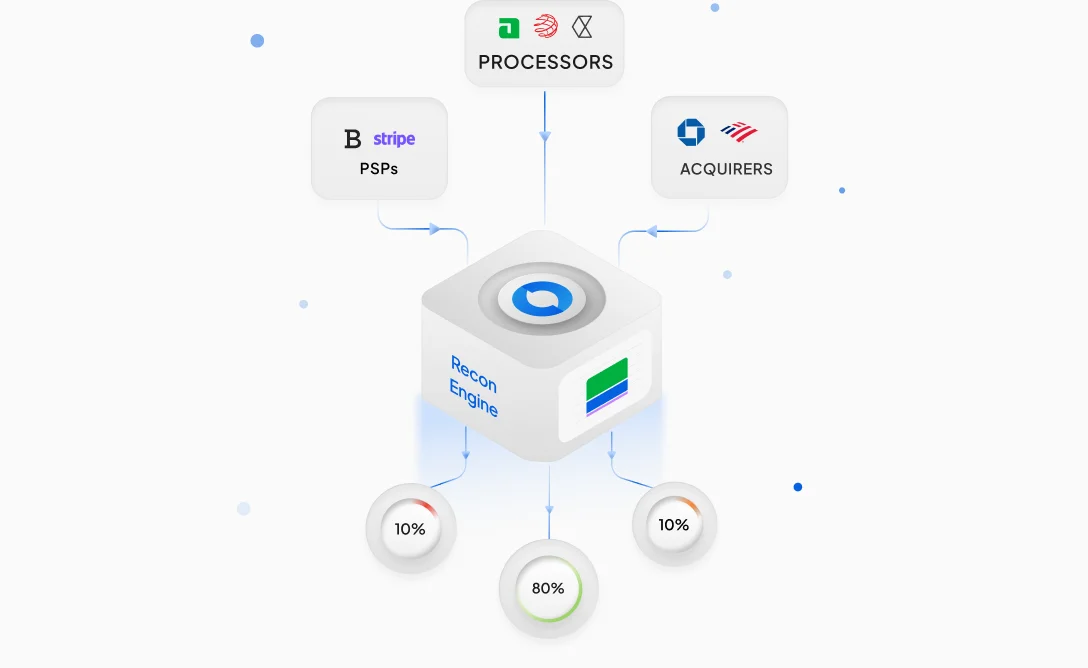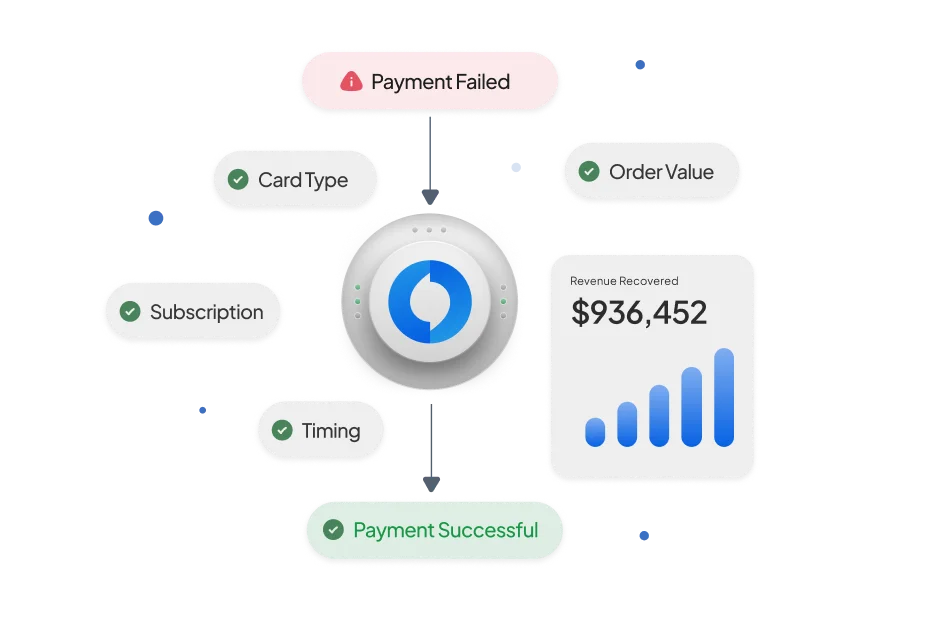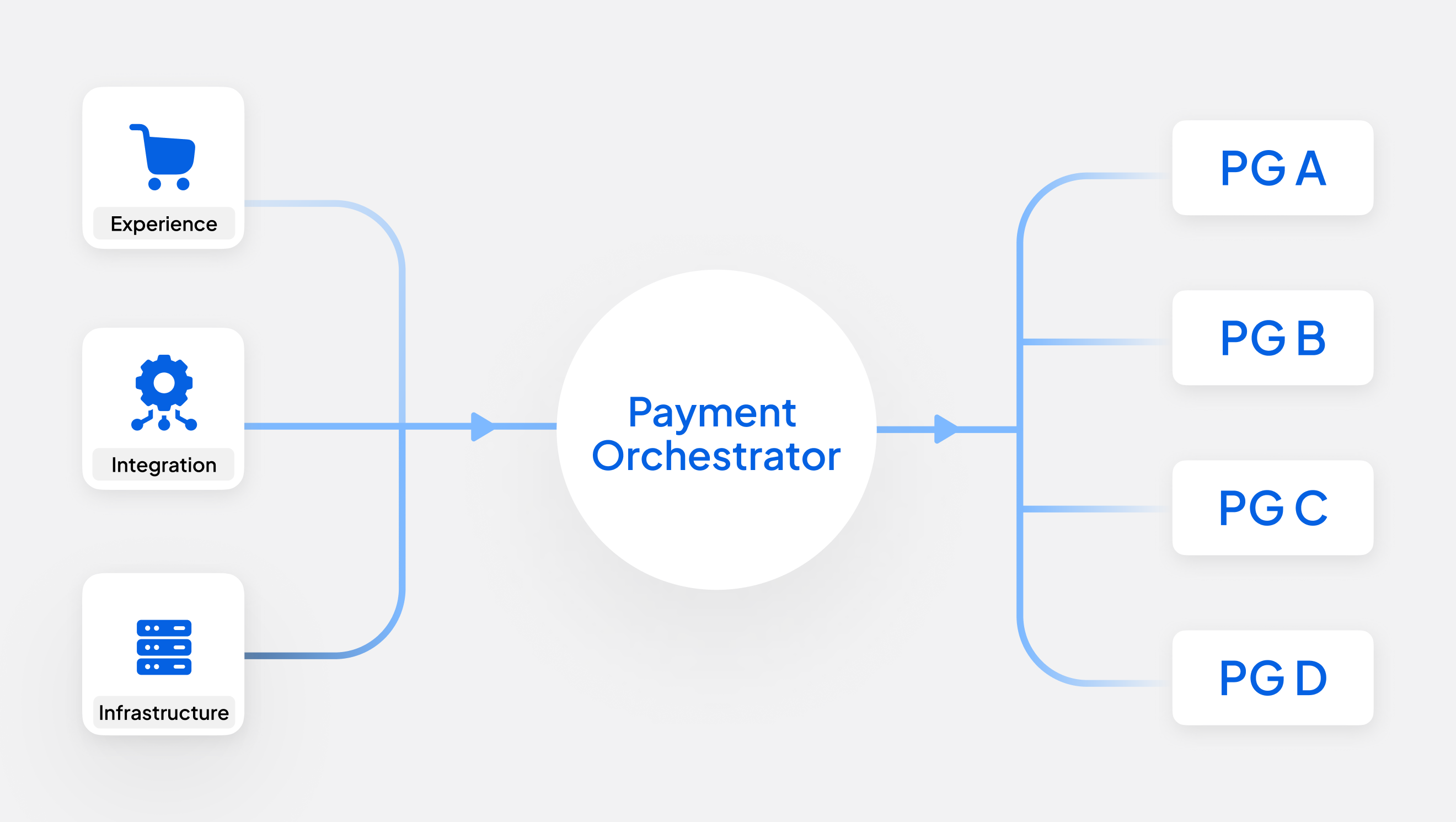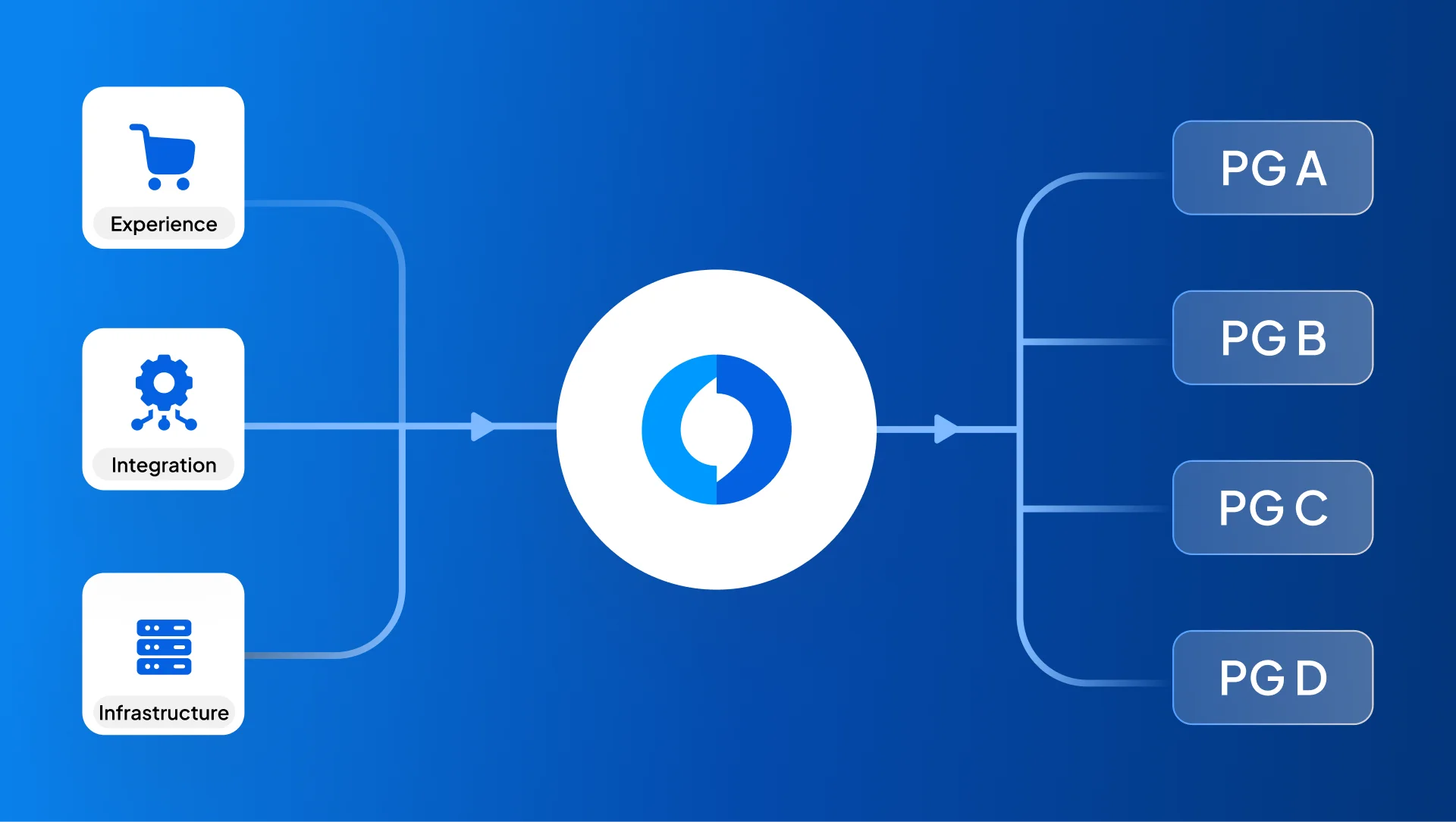Traditional methods like passwords, PINs, and OTPs used as part of identity verification are increasingly vulnerable to phishing, SIM swaps, and credential stuffing as fraud becomes more sophisticated. However, consumer expectations for safe, frictionless payments continue to grow.
At the heart of every secure payment, is the question: is the person making this payment truly who they claim to be.
Using familiar, instant methods used to unlock smartphones to also authorize payments, can redefine how we think about identity, authentication, and trust in payments. Biometric verification, like fingerprint or facial recognition, are quickly becoming the most user-friendly and most reliable solution for securing payments.
With global e-commerce expected to cross $8 trillion by 2027, and global losses projected to exceed $50 billion by 2030, consumers increasingly demand security that doesn’t sacrifice speed or convenience. Biometric payments offer both strong customer authentication (SCA) and effortless UX.
What Are Biometric Payments?
Biometric payments are transactions authenticated using unique biological traits of the user, instead of PINs, passwords, or signatures. These traits, like a fingerprint, face, voice, or iris, are measured and matched against stored templates to validate identity in real-time.
In multi-factor authentication, biometrics function as a “what you are” factor, alongside “what you have” (device) and “what you know” (PIN/password).
Biometric authentication captures, for instance, a fingerprint scan, and converts it into a template using advanced algorithms, and then matching it against a reference. Biometrics are integrated into mobile wallets, POS terminals, and browser-based WebAuthn flows, meeting global regulatory requirements for Strong Customer Authentication (SCA) and reducing friction in the payment experience.
Why are Biometric Payments gaining traction?
Even as consumer expectations change, the need for payments to be fast and secure remains constant. While biometrics were already becoming standard with smartphones and personal devices being used daily, using them as authentication proved a crucial step forward in future-proofing payments. With the need for passwords and PINs eliminated, biometric payments offer stronger protection against fraud, making them an easy-to-adopt alternative to traditional authentication methods.
Biometric systems are especially valuable in markets where consumers may not have access to formal banking resources. In such environments, biometric payment cards that embed fingerprint sensors directly into the card make biometrics more accessible in physical retail environments. At the same time, regulatory bodies and industry alliances, such as the FIDO Alliance and EMVCo, promote secure, interoperable biometric payment systems.
All of these factors are creating a significant momentum behind biometric payments, positioning them as a mainstream, scalable solution for secure digital payments with adoption growing fast: Mastercard reports that over 93% of consumers now prefer biometric verification over traditional passwords.
How Do Biometric Payments Work?
- Registration: The user’s biometric data (e.g., fingerprint) is captured and stored as a cryptographic template, often on-device, not on the fintech brand’s servers, or depending on compliance needs. The actual fingerprint or face is never saved, only a representative template is.
- Authentication: During a payment, the system prompts the user to authenticate using biometrics (face scan, fingerprint).
- Matching & Decisioning: The captured biometric is matched against the stored cryptographic template using advanced algorithms.
- Authorization: If matched, payment authorization proceeds with the issuing bank, which may factor this into risk scoring or SCA requirements under PSD2.
Types of Biometric Methods in Payments
Biometrics are broadly divided into physical and behavioral traits:
Physical Biometrics:
- Fingerprint: Widely used on smartphones and POS terminals.
- Facial Recognition: Used commonly for mobile wallets (Apple Pay, Google Pay).
- Iris/Retina Scan: High security, niche applications (border control, high-risk banking).
- Palm/Vein Scan: Emerging in retail (Amazon One).
Behavioral Biometrics:
- Keystroke Dynamics: Typing patterns used in continuous authentication.
- Gait Analysis: Movement tracking through wearables.
- Touch & Swipe Patterns: Mobile-specific usage behavior.
Core Components in the Biometric Payment Ecosystem
Implementing biometric payments involves several building blocks:
| Component | Function |
| Sensor Hardware | Captures biometric input (camera, fingerprint sensor) |
| Biometric Engine | Processes and matches biometric templates |
| Secure Element | Stores templates and ensures cryptographic isolation |
| Authentication layer | Interfaces with OS or browser APIs (e.g., Face ID API) |
| Payment Gateway | Integrates with checkout to trigger biometric auth |
| Issuer/bank Systems | Validates biometric SCA, approves/rejects payment |
Advantages of Biometric Payments for Businesses
- Frictionless User Experience: One-touch or glance-based checkout drastically improves the speed of the checkout experience, consequently reducing cart abandonment which helps business retain revenue and offer better customer experience.
- Stronger Security: Biometrics make payments safer due to their difficulty in being replicated. Transactions are therefore more likely to be authorized by the legitimate payers, significantly lowering fraud and chargebacks, and protecting both consumers and businesses.
- Regulatory Compliance: Biometric authentication supports compliance with global mandates for Strong Customer Authentication (SCA) under regulations like PSD2 in Europe, and GDPR/CCPA.
- Cost Optimization: Biometric payments lead to reduced reliance on OTPs, customer support for password resets, and fraud operations, as well as the need for large fraud teams, support interventions, and compliance firefighting. Over time, this results in leaner, more scalable payment operations.
- Minimize cart abandonment: Biometric payments reduce the number of steps taken by a user to complete the payment making it easier to complete the transaction flow which leads to a seamless payments experience, minimizing cart abandonment
Limitations of Biometric Payments
- Privacy Concerns: Businesses must ensure biometric data never leaves the user’s device and is stored only as encrypted templates.
- False Rejections/Acceptance: Sensor calibration and environmental factors can affect performance.
- Regulatory Concerns: Businesses must ensure strict compliance with GDPR, India’s IT Act, and local biometric laws.
- Accessibility Gaps: In emerging markets, consumers may not have access to devices that allow biometric payments, leading to financial exclusion.
Biometric Payments Through Passkeys with Juspay
Juspay's authentication system is built to reduce customer friction by smartly managing payment authentication. Juspay helps merchants simplify authentication globally and adapt to region-specific regulations and behaviours to offer frictionless authentication everywhere.
Enable payments through passkeys with Juspay -
- 1-click payments - OTP-free, one-click card payments with secure biometric authentication built on industry standards.
- Secure - Passkeys use the same technology used to unlock personal devices (eg. smartphones). User's biometric data never leaves the device and is not shared.
- Single setup - User can enrol their Mastercard or Visa card once and use their payment passkey anytime they pay online.
Conclusion
Biometric payments are a growing competitive necessity for businesses as they improve conversion and impact compliance. They are the key to secure the future of safer, faster payments that transform the way consumers interact with your business.
